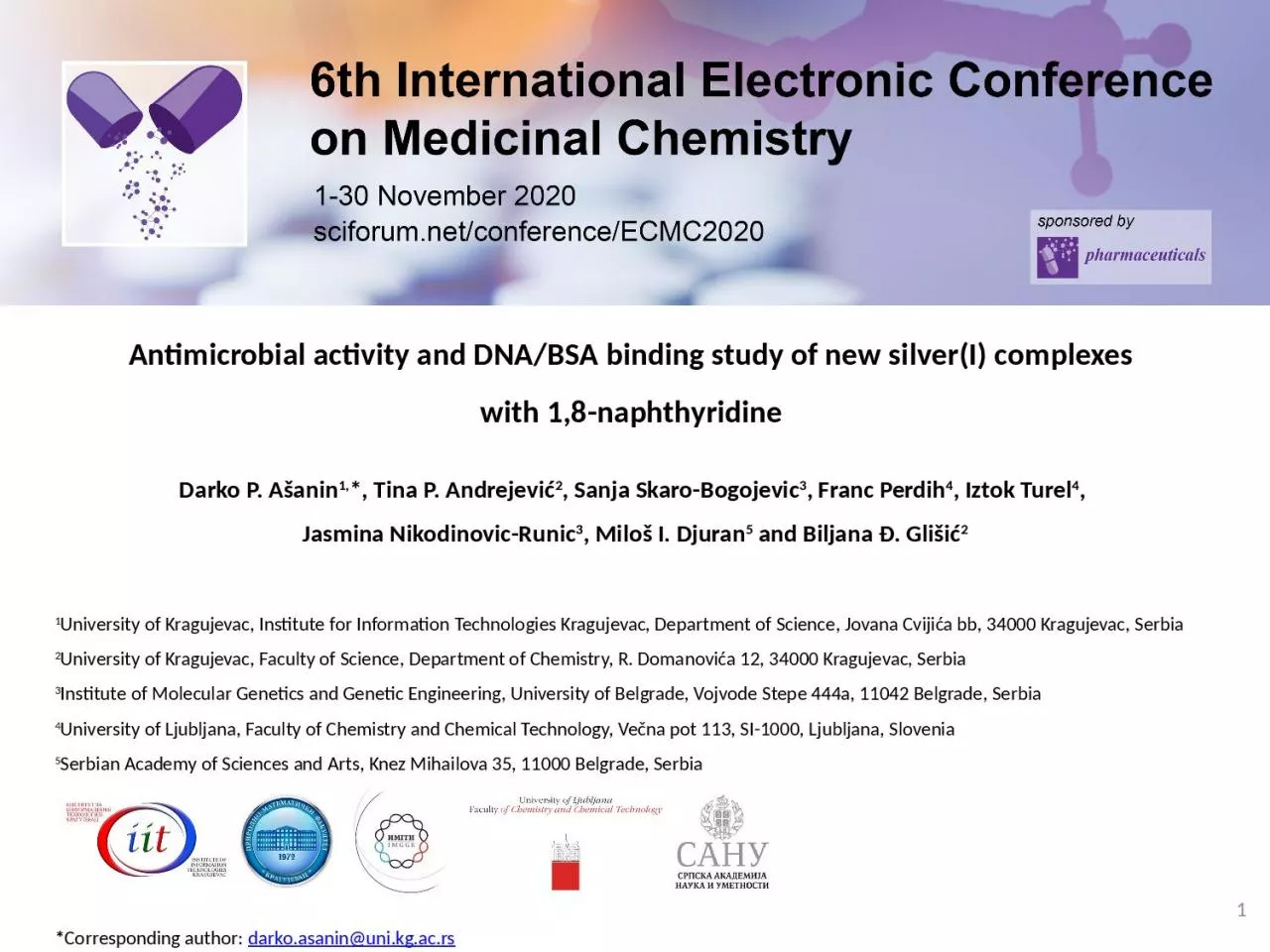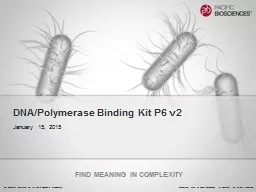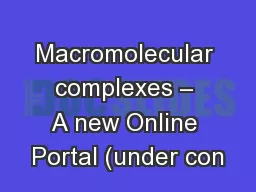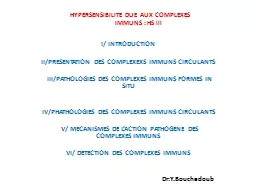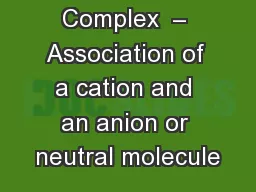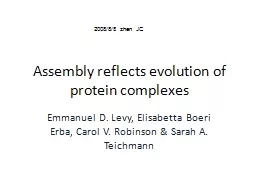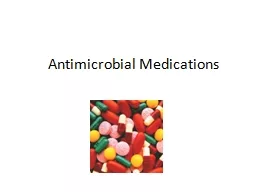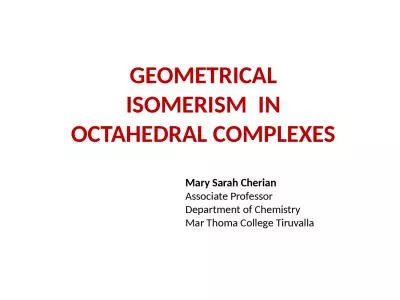PPT-Antimicrobial activity and DNA/BSA binding study of new silver(I) complexes
Author : belinda | Published Date : 2022-06-18
with 18naphthyridine Darko P Ašanin 1 Tina P Andrejević 2 Sanja SkaroBogojevic 3 Franc Perdih 4 Iztok Turel 4 Jasmina NikodinovicRunic 3 Miloš I Djuran
Presentation Embed Code
Download Presentation
Download Presentation The PPT/PDF document "Antimicrobial activity and DNA/BSA bindi..." is the property of its rightful owner. Permission is granted to download and print the materials on this website for personal, non-commercial use only, and to display it on your personal computer provided you do not modify the materials and that you retain all copyright notices contained in the materials. By downloading content from our website, you accept the terms of this agreement.
Antimicrobial activity and DNA/BSA binding study of new silver(I) complexes: Transcript
Download Rules Of Document
"Antimicrobial activity and DNA/BSA binding study of new silver(I) complexes"The content belongs to its owner. You may download and print it for personal use, without modification, and keep all copyright notices. By downloading, you agree to these terms.
Related Documents

